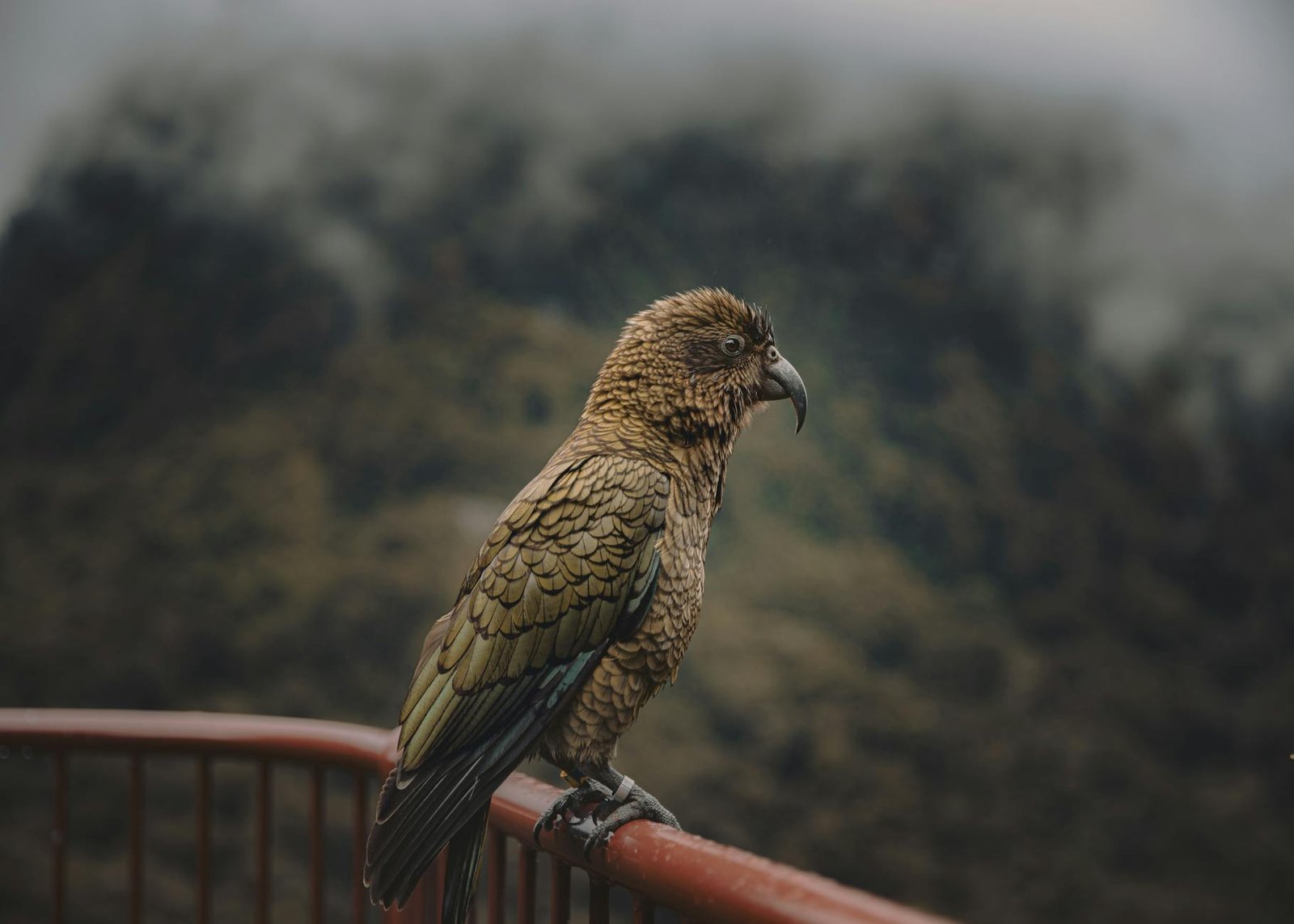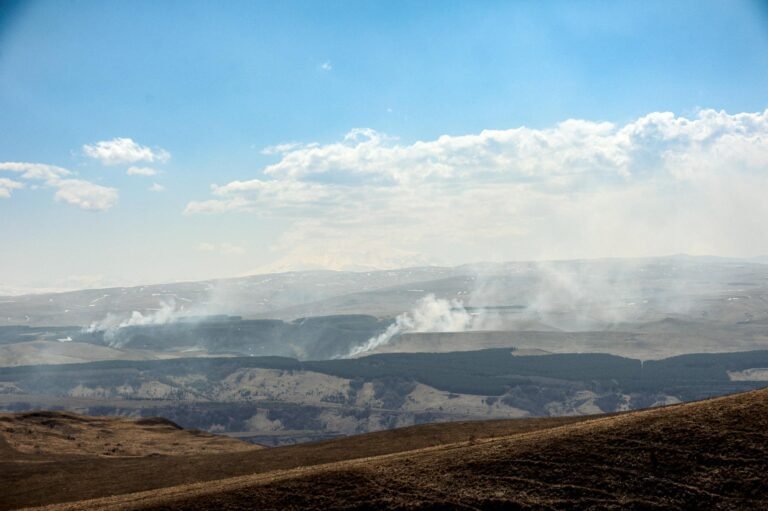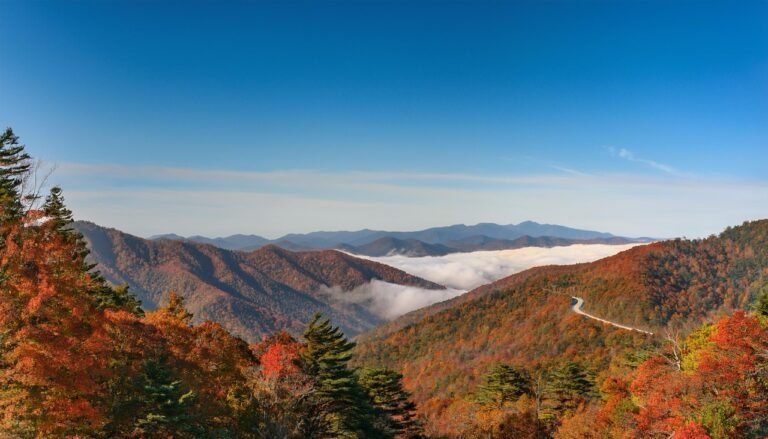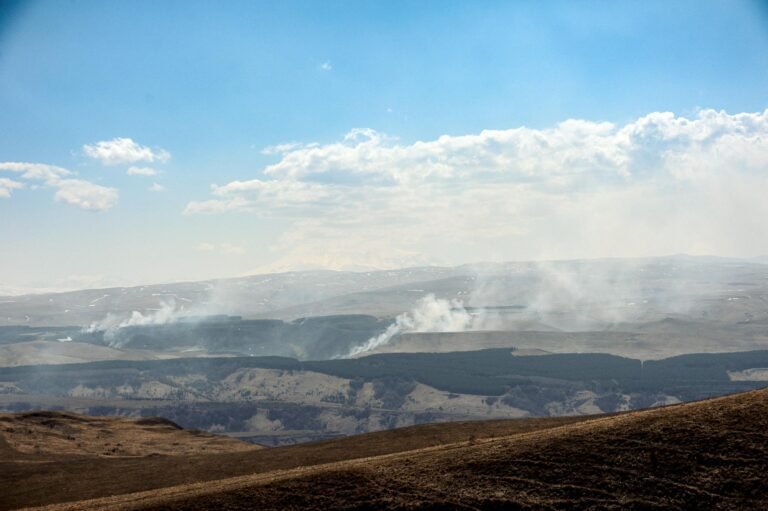Wonders of the Great Smoky Mountains Wildlife
Ready to discover the amazing critters that call the Great Smoky Mountains National Park home? This place is teeming with all kinds of creatures, making it a paradise for wildlife lovers.
Wild and Wonderful Critters
The Great Smoky Mountains National Park hosts a stunning variety of animals. It’s like a living, breathing Noah’s Ark with 65 mammal species, over 200 types of birds, 50 native fishes, and more than 80 kinds of reptiles and amphibians (National Park Service). Pretty wild, right?
| Type | Number of Species |
|---|---|
| Mammals | 65 |
| Birds | 200+ |
| Fish | 50 |
| Reptiles/Amphibians | 80+ |
But wait, there’s more! The park is home to an eye-popping 20,000 species of plants and animals, with new ones popping up regularly (NPS).
Star Players of Smoky Mountains
Some animals here steal the spotlight because they’re unique or play a big role in the park.
- Black Bears: The headliners. With about 1,500 black bears roaming around, you’ve got a good chance of seeing one. Just keep your snacks tucked away!
- White-tailed Deer: Graceful and plentiful, these deer love the open fields, especially around Cades Cove.
- Northern Flying Squirrels: Night owls (or squirrels) of the forest. If you’re lucky, you might spot one gliding like a tiny superhero between trees.
- North American River Otters: These guys made a comeback in the 90s and bring a splash of fun to the park’s rivers and streams.
- Gray and Red Squirrels: Always on the move, these squirrels are often seen zipping through the trees.
- Wild Boars: Imported troublemakers from Europe and Asia, they root around the forest floor like they own the place.
- Red and Gray Wolves: Once prowling these lands, the red wolves couldn’t make their comeback stick and are now just a memory (Smoky Mountain National Park).
Want to meet these wild residents? The best times and places to catch them in action are in our Smoky Mountains Visitor Guide.
These creatures make the Great Smoky Mountains a real-life adventure park, perfect for any nature enthusiast. For more stories and close-ups, check out our features on Great Smoky Mountains Mammals and Great Smoky Mountains Reptiles.
Birds and Aquatic Life
The Great Smoky Mountains National Park is a dream-come-true for nature lovers. It’s packed with an amazing array of birds and exciting aquatic life. Let’s explore the colorful birds and bustling waterways that make this park a top spot for wildlife fans.
Bird Watching Bonanza

The park is a bird paradise. You’ve got wild turkeys strutting around, peregrine falcons swooping high, the elusive saw-whet owls, majestic red-tailed hawks, and the unique red-cockaded woodpeckers (National Parks Mom). Different spots in the park offer prime bird-watching magic. Whether you’re wandering the Clingmans Dome Trail or cruising through Cades Cove, you’re in for a bird-spotting treat.
| Bird Species | Where to Spot Them | Best Viewing Times |
|---|---|---|
| Wild Turkeys | Cades Cove, Cataloochee Valley | Year-Round |
| Peregrine Falcons | Chimney Tops, Alum Cave Bluffs | Spring, Summer |
| Saw-Whet Owls | High Elevation Forests | Winter |
| Red-Tailed Hawks | Open Fields, Meadows | Year-Round |
| Red-Cockaded Woodpeckers | Pine Forests | Spring, Early Summer |
For the best bird-watching experience, go early or in the late afternoon when the birdies are most active. And don’t forget your binoculars—you’ll want to get up close and personal with these feathered wonders!
Splashing Streams
The park’s streams are alive with activity. With over 800 miles of streams, it’s a paradise for fishing and aquatic adventures. Anglers will love the variety of fish here.
| Stream | Fish Species Commonly Found | Best Fishing Times |
|---|---|---|
| Little River | Brook Trout, Brown Trout | Year-Round |
| Abrams Creek | Rainbow Trout, Smallmouth Bass | Year-Round |
| Cataloochee Creek | Brook Trout, Rainbow Trout | Year-Round |
| Deep Creek | Brook Trout | Year-Round |
Remember, there are four federally protected fish species in these waters. Always check the latest park rules to make sure you’re fishing the right way.
Exploring these streams lets you soak up the park’s natural beauty. Whether you’re into Great Smoky Mountains fishing or just want to relax and enjoy the peaceful surroundings, these waterways are a treat.
Want more critter info? Check out the Great Smoky Mountains mammals and Great Smoky Mountains reptiles pages. Planning a trip? Our Great Smoky Mountains vacation ideas will help you get the most out of your visit.
Uncovered Gems: Salamanders and Snakes in the Smokies
The Great Smoky Mountains National Park is packed with cool critters, especially salamanders and snakes, that’ll make your trip unforgettable. If you’re into nature, getting to know these creatures can seriously jazz up your adventure.
Salamander Paradise
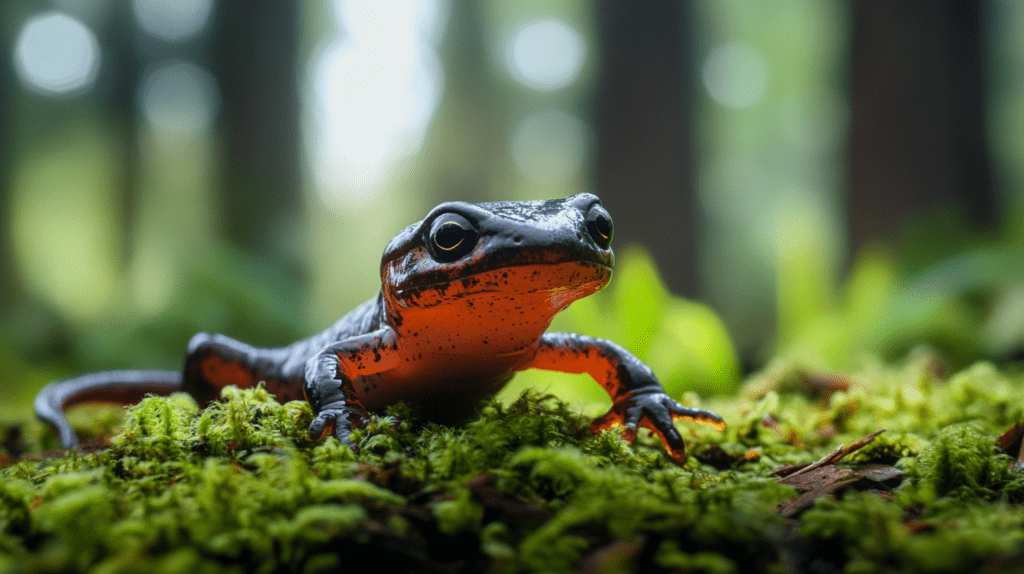
Bet you didn’t know the park is the “salamander jackpot.” It’s home to 30 different kinds of these little guys, each with their own splash of color. These lungless wonders thrive in the damp, cool air here. Your best bet to spot them is in spring or early summer, preferably after a good rain.
Check out some of the usual suspects:
| Species | Common Name | Where They Hang Out |
|---|---|---|
| Plethodon jordani | Jordan’s Red-cheeked Salamander | High, moist forest areas |
| Desmognathus monticola | Seal Salamander | Mountain streams and wet spots |
| Aneides aeneus | Green Salamander | Cracks in rocks and boulders |
Why not head out for a soggy trek or flip some rocks and logs? These slippery friends are key players in keeping the park’s biodiversity in check.
Slithering Encounters
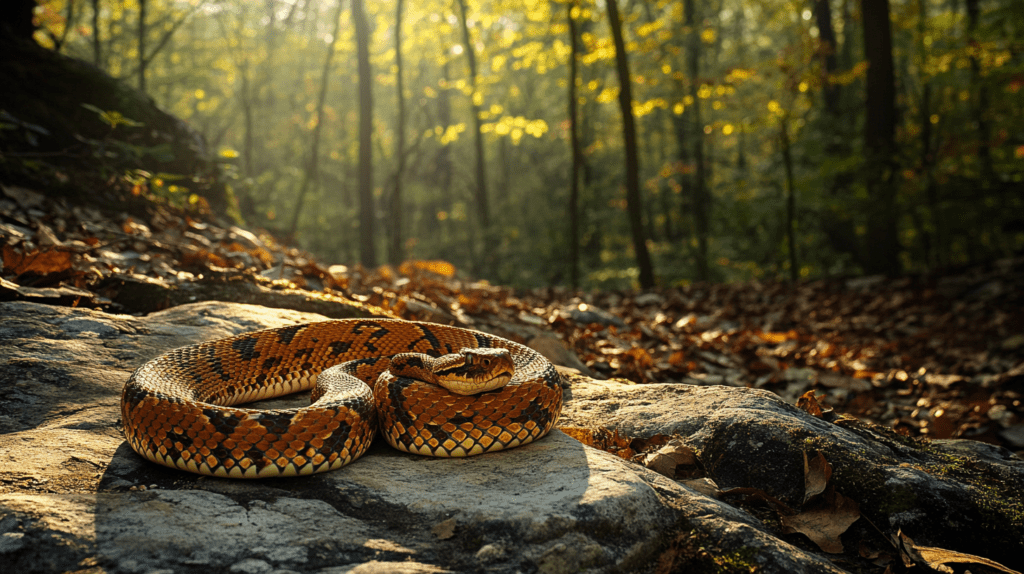
Now, let’s talk snakes. The Smokies are crawling with various snake species, but Timber Rattlesnakes and Northern Copperheads take the spotlight (National Parks Mom). These serpents are more social in the warmer months, especially late spring.
- Timber Rattlesnake: You’ll know this one by its rattle and unique pattern. They like hanging out in wooded or rocky spots. They’re mostly chill but can get grumpy if provoked.
- Northern Copperhead: Look for a copper-colored head and an hourglass design on its body. They prefer forests and areas near water.
Running into these snakes can be quite the story, but remember to keep your distance and let them do their thing. They’re awesome at keeping the rodent population in check, balancing the ecosystem.
| Species | Common Name | Favorite Hangouts |
|---|---|---|
| Crotalus horridus | Timber Rattlesnake | Wooded and rocky hillsides |
| Agkistrodon contortrix | Northern Copperhead | Forests, close to water |
Want to learn more about the park’s reptiles and amphibians? Check out our guides on Smoky Mountain reptiles and Smoky Mountain amphibians.
When you’re out and about, be smart and follow park rules to stay safe and have fun. Dive deeper into the park’s hidden gems and how to enjoy them safely in our Smoky Mountains visitor guide.
Fishing in the Park
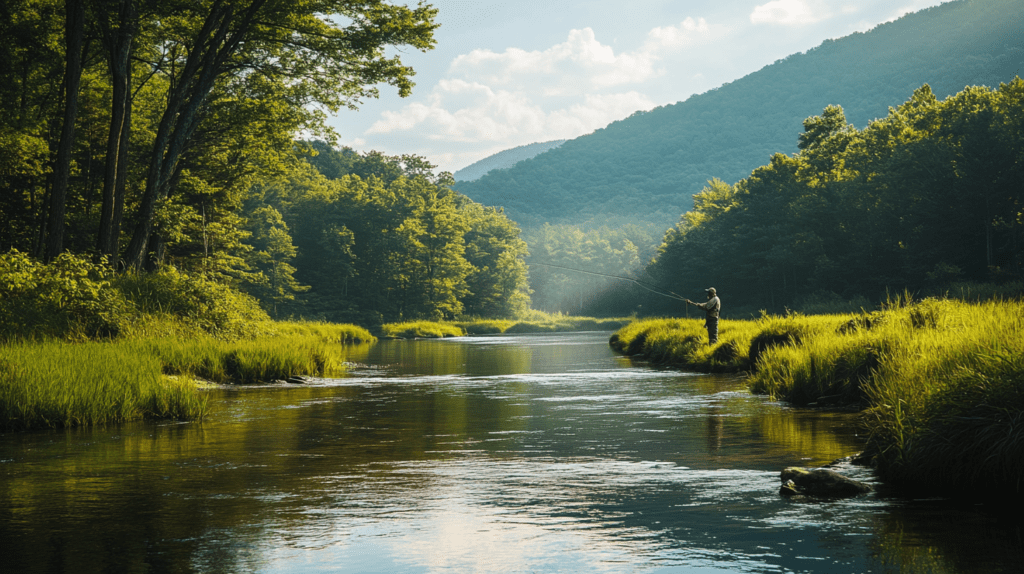
If you’ve been longing for a riveting fishing adventure, the Great Smoky Mountains National Park is your spot. This park is an angler’s dream with over 800 miles of streams teeming with fish (National Parks Mom). Imagine yourself casting a line into serene creeks or lively brooks, with fishing opportunities around every bend.
Fish Galore
The Great Smoky Mountains are a haven for fishing, offering spots for both old pros and greenhorns. The park’s waters are home to three main types of fish:
| Fish Type | What’s Special About Them? |
|---|---|
| Brook Trout | Born and raised here, they favor the high-altitude streams |
| Rainbow Trout | Once stocked, now wild, often seen in mid-to-low streams |
| Brown Trout | Bigger than the rest, usually found in roomier streams and rivers |
Want to score the best catch? Swing by Great Smoky Mountains Vacation Ideas for some killer tips on top fishing spots and the best times to head out.
Fish Friends We Protect
Love to fish but also love the environment? Good news! You can do both. The park has four fish species under federal protection, and you should steer clear of catching these guys:
| Protected Fish |
|---|
| Smoky Madtom |
| Yellowfin Madtom |
| Duskytail Darter |
| Spotfin Chub |
Knowing these species can help keep our ecosystem balanced while you enjoy your hobby. For more about these special fish and the park’s conservation efforts, check out Great Smoky Mountains Fish.
Don’t stop there, though. There’s a whole world beyond the streams. Keep your eyes peeled for wildlife, from vibrant birds to sly salamanders. Use our guides for Great Smoky Mountains Mammals, Great Smoky Mountains Reptiles, and Great Smoky Mountains Amphibians to add some nature-watching to your day.
Grab your gear and head out—adventure awaits!
Climate Impact & Conservation Efforts
Ozone Levels – What’s Changed?
The air quality in the Great Smoky Mountains National Park has improved quite a bit recently. Historically, it had some pretty nasty ozone levels, messing with the park’s trees and plants. The worst was back in ’98 when it hit 135 ppb on a sizzling August day. But good news: the scary ozone spikes (anything over 60 ppb) have cooled off between 1999 and 2016.
Number Crunching Ozone Trends
| When? | Ozone Episodes (≥ 60 ppb) |
|---|---|
| 1999 – 2002 | Yikes! |
| 2003 – 2016 | Getting Better! |
We’re breathing easier, thanks to the Clean Air Act Amendments rolling out some strict rules on emissions. Less bad stuff going into the air means healthier skies (ScienceDirect).
Chart Your Course: Navigating the Great Smoky Mountains National Park Map
Conserving the Wild – Saving Nature’s Marvels
The Great Smoky Mountains are chock-full of wild critters and lush greens. To keep it that way, the National Park Service and The Nature Conservancy are throwing everything at pests and pollution. They’ve got rules like only using specially treated firewood to stop bugs from hitching a ride and chowing down on the trees.
How We’re Keeping the Park Green
- No Sketchy Firewood: Only use the approved, heat-treated kind to keep tree pests away.
- Campfire Rules: Feel free to gather dead wood lying around for your campfire — it’s totally allowed.
With these measures and ongoing watchfulness, our park stays a magical haven for nature lovers. Want more scoop on the animals in the park? Check out great smoky mountains mammals and for visitor tips, see smoky mountains visitor guide.
For info on enjoying this natural wonder throughout the year, visit great smoky mountains in the fall and great smoky mountains in the winter.
Biodiversity Preservation
Insect and Endangered Species
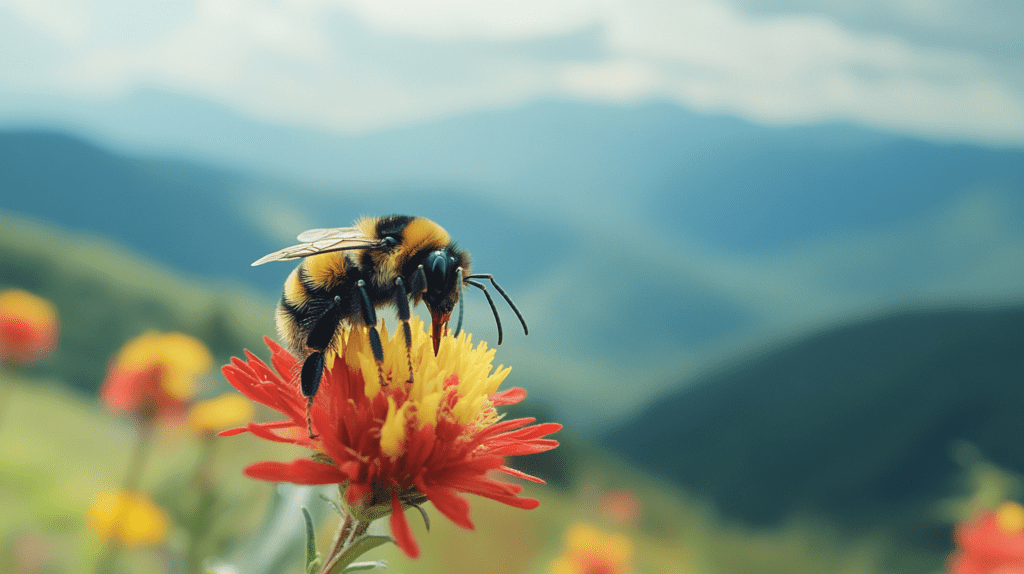
Welcome to the Great Smoky Mountains National Park, the ultimate hangout for nature lovers and critter enthusiasts. Stretched across its vast expanse are regions teeming with over 10,400 insect species (Smokies Life) and 13 federally threatened or endangered critters. If pesky flies and fluttering butterflies tickle your fancy, this is your paradise. We also have bats of all sorts, like the Indiana and gray bats, the northern long-eared bat, and the rusty-patched bumble bee.
Check out this table of some of the park’s endangered rock stars:
| Species | Status |
|---|---|
| Rusty-patched bumble bee | Endangered |
| Indiana bat | Endangered |
| Gray bat | Endangered |
| Northern long-eared bat | Threatened |
| Carolina northern flying squirrel | Endangered |
| Citico darter | Threatened |
| Smoky madtom | Endangered |
| Spruce-fir moss spider | Endangered |
| Spreading avens | Endangered |
| Rock gnome lichen | Endangered |
All these creatures make the park a living, breathing exhibit of biodiversity. They’re more than just fancy names — they’re part of what makes this park so special.
Packing your bags for a trip? Don’t miss our Great Smoky Mountains visitor guide to help you enjoy the visit while not stepping on any toes—literally and figuratively.
All Taxa Biodiversity Inventory
Prepare to be gobsmacked by the All Taxa Biodiversity Inventory (ATBI). This ambitious project kicked off in 1998, aiming to catalog every single living thing in the park. As of now, they’re sitting pretty with 21,980 unique species documented (Smokies Life). Imagine that! More than half found since the whole shebang started.
Here’s a quick look at their tally:
| Project | Species Documented |
|---|---|
| Pre-1998 Records | ~10,000 |
| Post-1998 Discoveries | ~12,000 |
| Total | 21,980 |
The ATBI is a nod to the park’s treasure trove of life and underlines why we need to keep protecting these gems. Whether you’re cycling through Cades Cove or tackling the Clingmans Dome Trail, your visit boosts these crucial conservation efforts by raising awareness and showing some love for Mother Nature.
Don’t forget to dive into our resources on Great Smoky Mountains wildlife and GSM mammals. Let’s keep this natural wonderland buzzing—respect the habitats and follow the guidelines.

